
views
Determining if You Have a Chipped Tooth
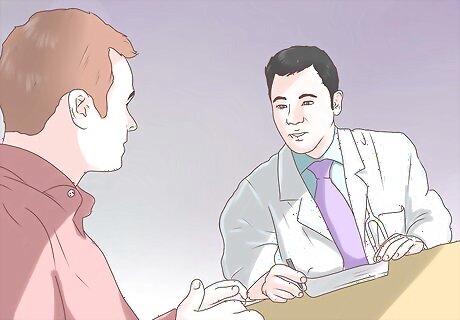
Consult a dentist. When you chip a tooth, you should consult a dentist right away. If there is pain or bleeding, this is especially important. Even if you do not feel pain, but suspect you have a chipped tooth, you should call a dentist as soon as it is feasible. You may not be able to see or accurately assess the damage yourself, and even if you are not in pain at the moment, complications could develop after a few days or weeks.

Look at the tooth. Visual inspection be useful, but may not reveal thin cracks. If you can, look at the tooth in a mirror to see if there is any visible reduction in tooth size. If the break is large enough, you may be able to see the damage. Small chips and cracks, however, can be much harder to identify. The upside is that small chips are easier to fix, and may only require a single visit to the dentist. Extensive damage may require many visits. Look for a darker color near the missing piece. This can indicate tooth decay. A chipped filling can also cause a chipped tooth. Look in the mirror to compare the part that is chipped to the remaining tooth.
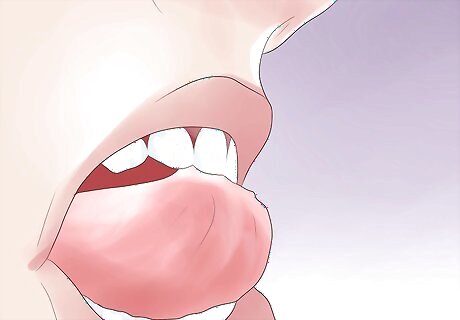
Use your tongue. If you do not see any visible damage, check for a chip by running your tongue along the tooth. If the tooth feels rough, especially if the edges are sharp and jagged, you may have a chip. Because the shape of your teeth is very familiar, you may quickly notice changes in the shape of your teeth. Sometimes, with chipped teeth, especially at night, the sharp edges of dentin and enamel might hurt your tongue. Be careful when you're checking the chip with your tongue, and see your dentist as soon as possible.
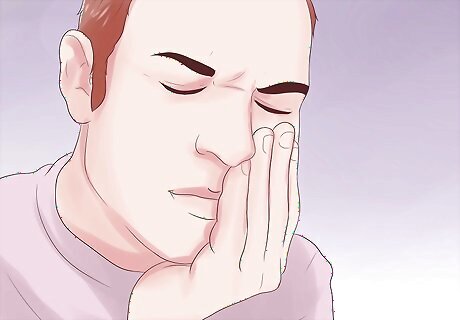
Note if there is any pain. There are a number of indications that a chip has occurred, from visual signs to tactile ones. One of the most common signs is a sensation of pain or discomfort. This pain may come and go or be event specific, as when releasing the pressure from biting and when exposed to extreme temperatures. Pain from a chipped tooth can be caused by a few conditions: A fracture extending to the second layer of the tooth or to the pulp, where blood vessels and nerves are located. An indentation large enough to trap food, which will increase your chance of getting a cavity. A vertical chip positioned in such a way that it is placing added pressure on the tooth.
Protecting and Managing a Chipped Tooth Yourself
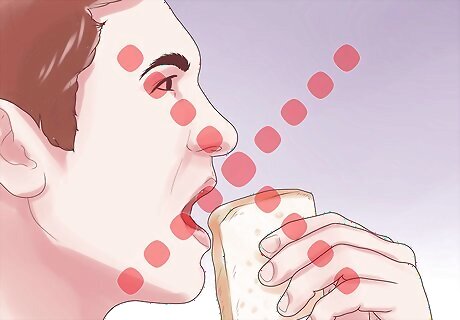
Avoid hard foods. If your tooth is chipped, it is already weak; it can no longer support biting or chewing anything hard. Stick to soft foods to keep from exacerbating the damage. If possible, chew on the other side of your mouth.

Stay away from cold foods and drinks. Chipped teeth can be very sensitive because their nerves are more exposed. Cold foods and beverages will make this problem worse. Eating cold foods may cause pain. If you find a food is irritating your tooth, stop eating it, as it may cause further damage.
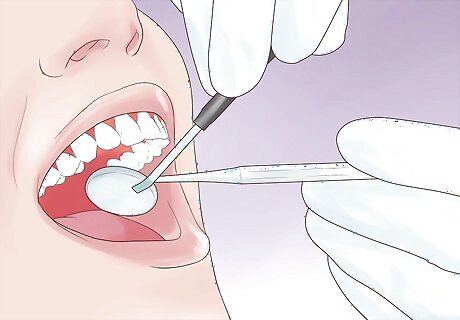
Consider temporary filling materials. Dental cement and other similar materials are available over the counter, and they typically come with clear instructions. You simply place them over the fractured area. If your chipped tooth is bothering you, this might be worth a try. Remember that these materials are only temporary; they are not meant to take the place of a visit to the dentist’s office. Make an appointment as soon as possible. Temporary materials wear away rather quickly. When this happens, it leaves your tooth extremely vulnerable to decay.
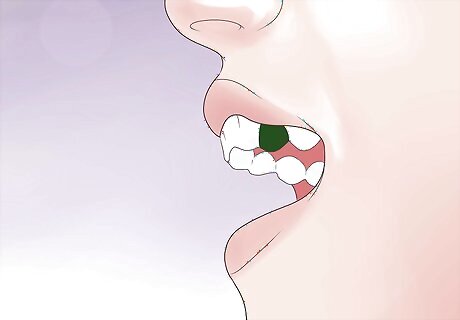
Try dental wax. If your chipped tooth has sharp and jagged edges, it can injure your cheeks and tongue. Placing dental wax over these edges will offer some protection from it. It can also help to protect your tooth from temperature sensitivity. Keep in mind that dental wax is very temporary. It falls off frequently, requiring you to replace it again and again. As with filling materials, it does not take the place of professional dental care. If you have it on hand, you can also try placing a bit of sugarless gum over any sharp edges.
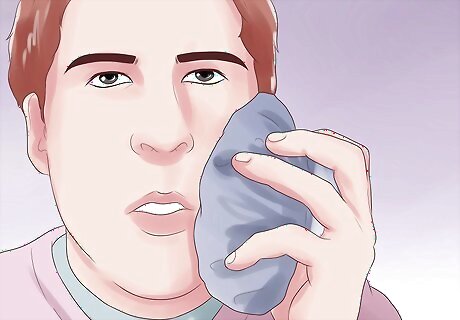
Apply cold compresses. If you are in pain, a cold compress can help. Simply wrap some ice in a towel and place it gently on your cheek. This will help to numb the pain. Never apply cold compresses directly to your chipped tooth; this will intensify your pain rather than relieving it. Try a bag of frozen food if you have nothing else handy.

Take pain relievers. Over-the-counter pain relievers, such as acetaminophen, will temporarily alleviate your discomfort. Follow the instructions on the label. Even though these should not cause any complications with pain medication your dentist may give you, you should make sure to always tell your dentist that you are taking medications. You can also try putting a corn kernel sized amount of anesthetic gel onto a piece of gauze and holding it on your painful tooth. Try not to swallow the gel or bite down too hard.
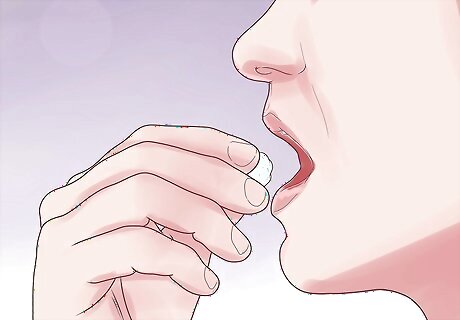
Control any bleeding. If you are bleeding, get a clean piece of sterile gauze or cotton. Place it in your mouth and bite on it. The pressure should stop the bleeding until you can get to a dentist. Bleeding is serious in a tooth that is broken. Immediate dental care may be require to keep the tooth from dying. If the bleeding continues for more than fifteen minutes or seems very heavy, you need to get help immediately. Consider heading to the emergency room or an urgent care center if you cannot get in to see a dentist.
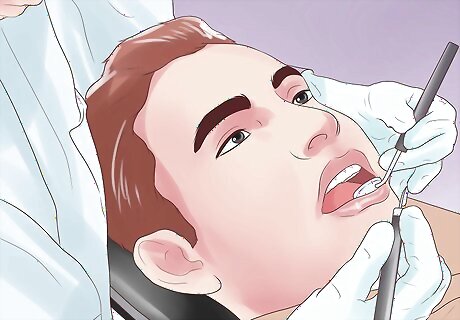
Arrange to see a dentist as soon as possible. If you have a chipped tooth, you need to see a dentist – even if the fracture is small or if you have no pain. Only a dentist can properly diagnose your problem and perform the correct treatments to restore the tooth. Do not attempt to treat it yourself.
Deciding on a Treatment Plan
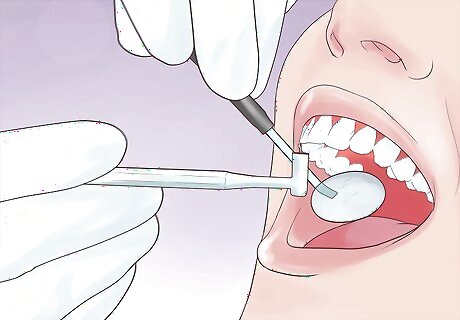
Consider getting your tooth recontoured. This is the quickest and best method, assuming that the chip is very small. If the chip is small, a dentist can simply smooth the rough area and perform other small necessary adjustments. Tooth recontouring can be completed in just one appointment.

Schedule an appointment for a dental filling. For small to moderate chips, a simple dental filling can fix the problem. This is more painful than having the tooth recontoured, but it can be done for medium-sized chips and can usually be completed in just one appointment. This is often an ideal fix due to the durability and cosmetic versatility of this method. This will happen under local anesthesia, which will numb the nerve of your tooth and not cause you any pain.
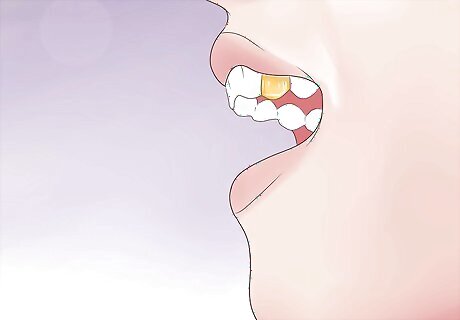
Look into getting a dental crown for large chips. Crowns or other kinds of restorations may be necessary in extreme situations. If the fracture involves half of the tooth or more, you may need a dental crown, which carries the added benefit of protecting the remaining tooth. This treatment involves multiple dental visits.
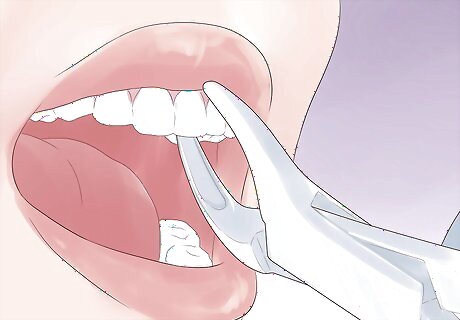
Get the tooth removed. If the tooth is extensively damaged and the root has suffered a large infection or fracture, or if the root can't be restored in order to place a crown or bridge, a dentist can simply remove it. This solution works well in the short term, but may require the patient to wear a prosthesis later on. Talk with your dentist about the best solution for your situation.










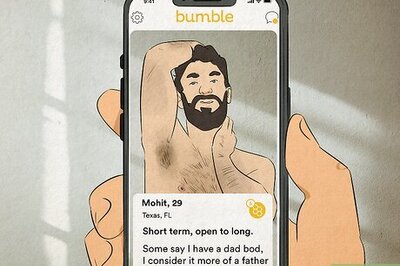









Comments
0 comment